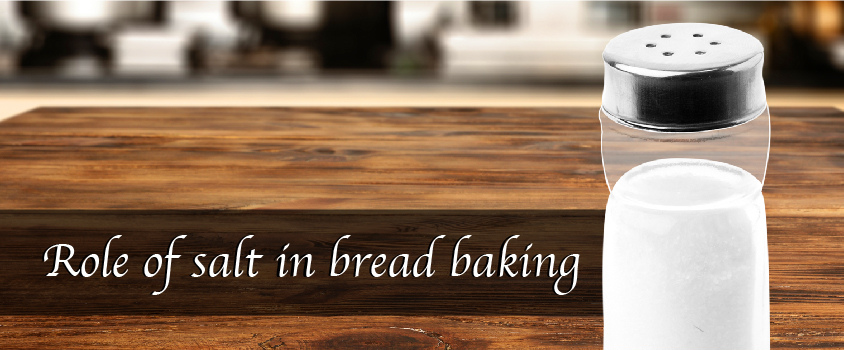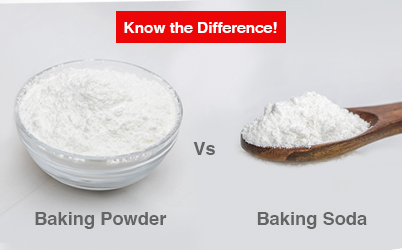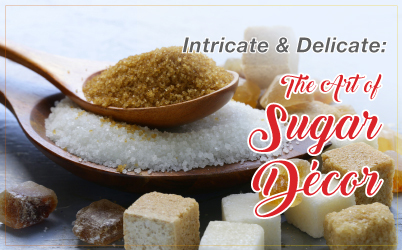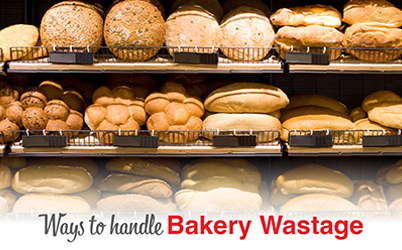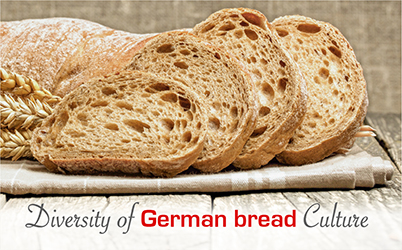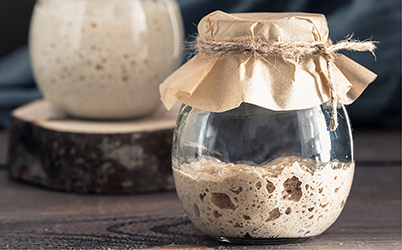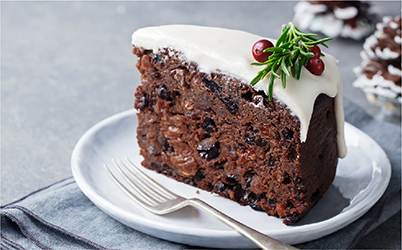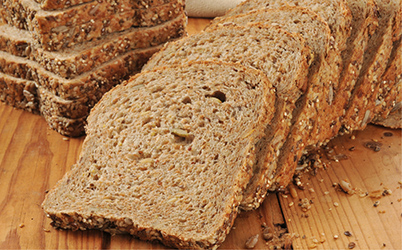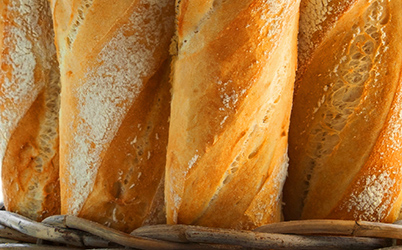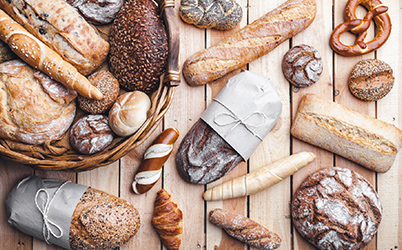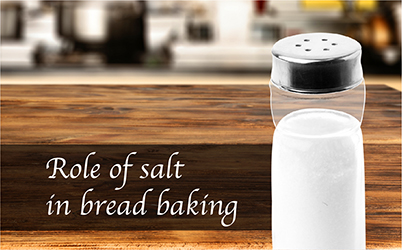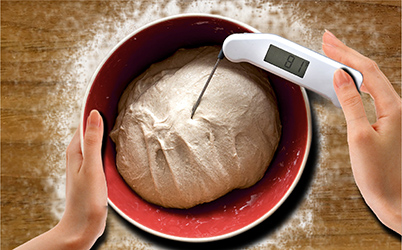Role Of Salt In Bread Baking
Towards the end of the 18th Century, the influence of salt was recognized in baking bread. Salt was seen to have an important role to play in bringing out the flavor of the baked product. During mixing, salt reinforces the plastic properties of the dough and improves its cohesiveness and elasticity.
Later in the 1960’s, it was understood that salt also acts as an antioxidant, it was then that many bakers adopted a practice of delaying the addition of salt. Fine table salt was used as it would dissolve quickly and so it could be added just 5 minutes prior to the end of mixing time. This was done with the use of intensive mixing methods with the intention to encourage maximum levels of oxidation and bleaching. This method also tends to facilitate the forming of gluten bonds during dough formation and results in a slight improvement in dough strength. However, this method also led to a decline in the taste of the bread baked.
The common practice today in the production of bread is to add salt immediately at the start of the mixing or at most 3 minutes into mixing time and not later.
Role of salt in bread baking
Salt acts as a natural enhancer - Salt acts as a natural enhancer in the dough that not only adds to the taste but also helps bring out the flavor and aroma present of the flour and other ingredients.
Salt in the right amount enriches the flavour - Bread baked without salt will have a flat and insipid taste. On the other hand, bread baked with an excess of salt will be unpalatable. It is important to note that salt enhances the flavour of the bread and is not a substitute for the fine flavour of superior well-fermented bread flour.
Salt influences the shelf life – Salt has a hygroscopic property that impacts the shelf life of the baked bread. However, it kind of impact on the shelf life depending on the weather conditions. In a humid climate, it will absorb the water and it will trap moisture from the air, making the crust soggy, and therefore shortening the shelf life of the bread. On the other hand, in dry climates, the salt helps hold water in the bread longer, inhibiting staling, and thus extending the shelf life.
Salt tightens the gluten structure – Salt tightens the gluten structure by giving strength to the gluten by enablings the dough to efficiently hold carbon dioxide. During fermentation, the dough releases carbon dioxide which is key in creating the net structure of the crumb. When salt is not added the gluten structure is not tightened enough resulting it to slack leading to a poor volume of the bread.
Salt indirectly aids the development of crust colour - Salt indirectly contributes to the crust colouring. This attribute is a result of the salt’s characteristic of retarding fermentation. Starch in the flour is converted into simple sugar, and the yeast consumes these sugars to release carbon dioxide during fermentation. Since the salt slows down the rate of this consumption, there is some residual sugar available at the time of baking which gives the crust a golden-brown colour. In the absence of salt, the yeast quickly consumes the available sugar, and the crust on the baked bread remains pale and dull in appearance.
The recommended dosage of salt
For bread, it has been determined that the ideal percentage of salt used should be between 1.8% to 2.2% of the total amount of flour, depending on the recipe and personal preference. The low salt content can lead to bland tasting loaves and anything over 2.2 % of salt will likely be considered too salty. If there is a large proportion of other ingredients, such as seeds, for which salt also enhances flavour, the percentage of salt could be a little higher.
We hope the information in this blog has been valuable to you. Do share your comments, queries or concerns regarding this blog with us.
Have a topic in mind you want us to write on? We are open to hearing from you. Kindly write to us on support@swissbake.ch.
Thank You for reading.

